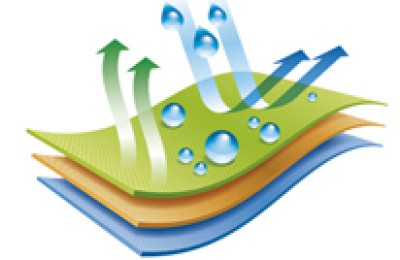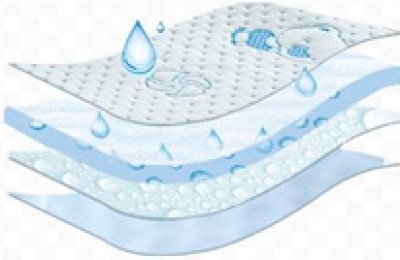About pre-treatment: Poor whiteness includes impure whiteness, uneven whiteness and wool effect that cannot reach more than 8-10cm/30min. This is related to the quality of knitted fabrics. For example, if there is a lot of low-grade cotton, the whiteness is often related to the wool effect. It is not easy to achieve good results. Of course, the most critical issues are process formulation and additive selection.
In process formulation:
① The amount of H202 and NaOH must be sufficient
H202: not only plays the role of bleaching pigments after pre-treatment, but also has the effect of removing impurities (Including removing cottonseed hulls), the amount of H202 is insufficient (including decomposing too quickly), and the whiteness cannot be guaranteed. NaOH not only provides the alkalinity (PH) required for H202 bleaching, but also cooperates with the scouring agent to achieve the greatest impurity removal effect. , if the amount of NaOH is insufficient, the impurity removal will be poor. The hair effect cannot meet the requirements first, and of course the whiteness cannot meet the requirements. Therefore, the amount of H202 and NaOH can be said to be the primary factor in ensuring whiteness and hair effect;
② Select high-quality scouring agents:
Cleaning, emulsification, dispersion, and penetration of scouring agents The comprehensive effect must be excellent to ensure the removal of impurities and ensure whiteness and wool effect. However, the quality of scouring agents on the market is uneven. We must choose products with excellent comprehensive effects instead of just measuring penetration and solid content. Penetration is only one aspect to consider;
③ Oxygen bleach stabilizer and chelating dispersant:
These two additives are mainly used to improve water quality, adsorb and complex metal ions such as Fe3+ in the water, and prevent metal ions from catalyzing the rapid and ineffective decomposition of H202. If H202 decomposes quickly and ineffectively, its white color will be reduced. The whiteness and wool effect will not meet the requirements. At the same time, the fabric will be brittle and even have holes. Therefore, in order to achieve the whiteness and wool effect, excellent varieties of oxygen bleaching stabilizers should be selected, and the decomposition rate of H202 should be considered during the selection. The addition of chelating dispersant not only chelates iron, etc., but also chelates and disperses various impurities in the water, so that these impurities will no longer contaminate the fabric again and cause dark whiteness and graying. Therefore, chelating dispersant not only It is necessary to consider its chelating force for metal ions and its dispersion force;
④ Process conditions:
It takes a certain amount of time and temperature for the additives to react with impurities. If the conditions are not met, the pigments and impurities will not be completely removed, and the whiteness and hair effect will not be achieved:
⑤ Washing:
Washing after scouring and bleaching is very important. It is necessary to clean and remove the impurities to ensure whiteness. and gross effect. </p







